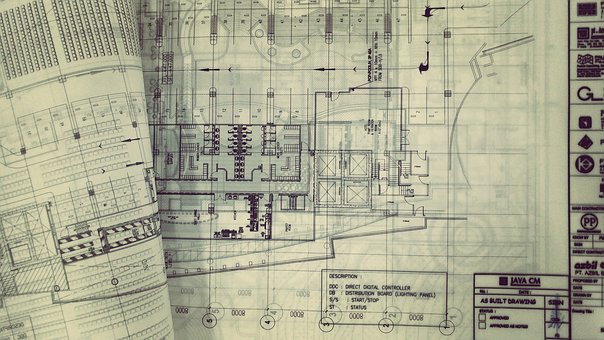As a project moves through the project lifecycle, it increases in value and new funders are required to invest at lower expected returns because:
- The risk profile decreases at each stage indicated below;
- Greater amounts of funding are required at each stage; and
- Future cash flows are closer to the present, and are consequently discounted for less time.
Note that valuation of infrastructure investments are typically done on a discounted cash flow basis, with risk adjustment either on an explicit basis, such as probability-weighting of cash flows, or implicit in the discount rate.
Project development
A project developer will typically spend considerable time and a up to a few million dollars to develop a project. This entails identifying, arranging, negotiating and obtaining the following (non-exhaustive list):
- Land usage;
- Offtake contracts;
- Regulatory approvals;
- Environmental Impact Assessments (“EIAs”);
- Engineering, Procurement and Construction (“EPC”) contracts;
- Operating contracts; and
- Equity and debt financing.
Often the developer will prepare and submit a tender proposal which may require bid bonds.
This work is done at risk. If a project fails to win the relevant tender, or cannot successfully obtain all of the project requirements, the project will fail and the developer will lose what funds have been put in. Because of the relatively high probability of failure at this stage in the process, project development is typically funded by equity and external investors could expect to obtain ‘zero-or-hero’ risk/return profiles with extremely high returns on funds used to develop projects.
If a tender has been awarded, the project undergoes a step-change in value, and equity becomes considerably more expensive / projected equity returns for new entrants into the project shareholding are lower. This recognises that the true value of any infrastructure project is in the payment stream which it can generate, which flows from the offtake or concession contracts, and not only the physical assets used to generate that payment stream.
Financing
Financing is a late stage in the development process. Due to the stable and predictable cash flows in infrastructure projects, projects are typically highly geared. Depending upon sector, debt:equity ratios of between 70:30 – 80:20 (typical of most power transactions) are not uncommon, while even 95:5 is not impossible.
The financing process typically requires considerable due diligence on the behalf of the lenders, which will usually be paid for by the project and guaranteed by the developer or project sponsors.
After signature of the finance contracts, it typically takes a few days or weeks until the conditions precedent to the finance contract becoming unconditional are fulfilled, at which stage the project reaches financial close and the project may draw down on the debt facilities. At the same time, the various project contracts, most importantly offtake, EPC and O&M, will be signed and become unconditional.
Project developers usually collect a development fee which may range between 1% – 10% at financial close depending upon the size of the project and the other project counterparties’ leniency. Lenders may require that this fee stays in the project until construction completion, and it is often ploughed back into the project as an equity carry.
Again, the project gains value when it reached financial close.
EPC
The project now enters the engineering, procurement and construction phase, which may be several months up to a few years in length. Typically little or no revenues are earned during construction. Construction ends on successful commissioning, and there is often a warranty or defects liability period (depending upon the asset type) for a period after completion.
The construction phase of the project is considered to be risky, as at this stage significant funds have been advanced by investors, but the ability of the infrastructure asset to generate revenues is as-yet unproven. In addition, any problems during construction which are left unmitigated will impact upon the whole of the revenue-generating operations period.
Operations
The project enters the operations phase, usually operated by a contractually-remote third party who will be financially liable for successful operations. Once the project has been demonstrated to perform successfully, the perceived risk profile of the project drops yet again, and the price of equity increases further. In addition, the project may refinance in order to gear up further (particularly if revenues are greater than originally expected) and / or to decrease debt margins.
Considerable consolidation has occurred during the operations phases of projects. For example, much of the renewable energy industry in Europe has been consolidated into relatively few utility-scale investors who receive a (relatively) low but stable return from the asset, which is boosted by undertaking the operations and maintenance of the infrastructure asset themselves.
Transfer
If the project is predicated upon a concession or government / parastatal offtake contract, the infrastructure asset may be transferred back to the state or offtaker at the end of the concession period. This is referred to as a ‘BOOT’ scheme, standing for ‘Build, Own, Operate, Transfer’. BOO and BOT schemes are also common.
At the end of the asset’s life, the project may incur decommissioning costs.

